Australia has entered the next battle frontier - space
THE relocation of US military hardware to a remote corner of Australia is supposed to reduce the risk of space junk damaging satellites. But is it also turning us into a target?
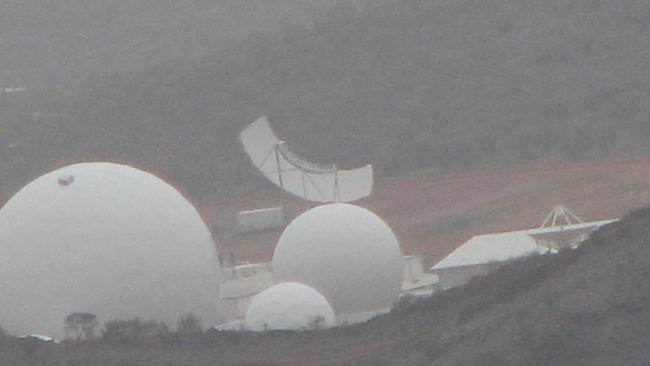
National
Don't miss out on the headlines from National. Followed categories will be added to My News.
AFTER the release of his acclaimed 2013 film Gravity, director Alfonso Cuaron was quick to point out the space odyssey blockbuster was not a documentary nor was Sandra Bullock a real astronaut.
His quip was aimed at science buffs who challenged the realism of his film that had a Chinese missile destroy one of its own obsolete satellites, with the blast chain reaction causing a crisis for an American space crew peppered by waves of ballistic debris tearing their mission apart.
Four years later and it’s that exact style of debris scenario the Federal Government say could now be alleviated by a modest second-hand space radar and telescope, taken apart from their former homes in Antigua and the New Mexico desert and rebuilt on the North West Cape in Western Australia.
But to suggest the multi-million dollar relocation of this American military hardware to a remote corner of Australia is just to counter space junk itself blurs science fiction and reality, with its more critical purpose potentially setting up a deadly real-life scenario for Australia in an ever increasing uncertain world.
“That’s maybe the Sandra Bullock part of the world,” University of Melbourne academic Professor Richard Tanter said of the Government’s declared space debris tracking role of the equipment, half of which become operational last fortnight.
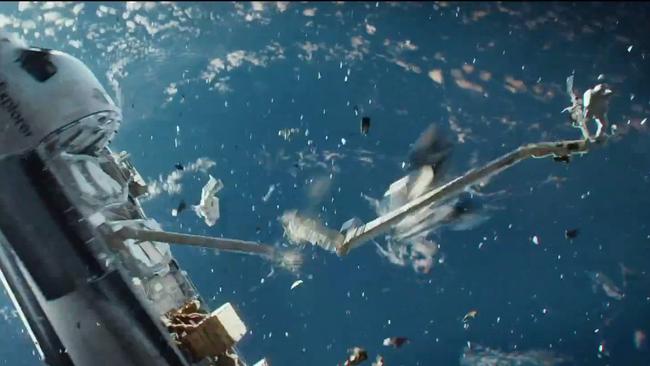
RELATED: How North Korea built a nuclear stockpile
It is partially about that but Prof Tanter says the reality is space warfare, a new frontier for the Australian Defence apparatchik that this week was further enhanced with Defence Minister Marise Payne’s announced $500 million investment in space-based intelligence, surveillance and reconnaissance capabilities.
Australia, through its joint association in the American spy base Pine Gap in the Central Australia desert near Alice Springs, has long had a capability for regional space surveillance. But this has been significantly ramped up by these acquisitions responding to national security concerns amid uncertainty in the Asia Pacific region.
EYES ON THE SKY
The 60-tonne radar that went operational remotely controlled by the No 1 Radar and Surveillance Unit at RAAF Base Edinburgh in South Australia last fortnight, ostensibly to track low-Earth orbit satellites, was at the Pentagon being touted as a “new frontier” and a “rebalance” in America’s Asia-Pacific region interests, with strategic space surveillance now able to provide unprecedented access to a piece of the southern hemisphere sky that before was dark.
The United States Air Force (USAF) Space Surveillance radar system had for many years been based on the Caribbean island of Antigua but piece-by-piece it was disassembled, transported and rebuilt at the high security joint AUST-US Harold E. Holt Naval Communications Station in North West Cape.
Aside from watching its own launches, the C-band radar was tasked with tracking Chinese satellites as they rocketed upwards from the simply named defence facility Base 25 in Taiyuan in the Shanxi Province in North China. This is where that country launches most of its space satellites but also test launches its intercontinental ballistic and prototype missiles.
The Pentagon was, however, acutely aware there was — because of positioning — a 45-minute delay in tracking these movements from Antigua. From a military point of view that was potentially a deadly problem.
But that was Antigua and it just so happens the North West Cape is just 2 degrees off being dead south of Taiyuan. This makes real-time tracking a possibility for the first time. The strategic military importance of this cannot be understated.
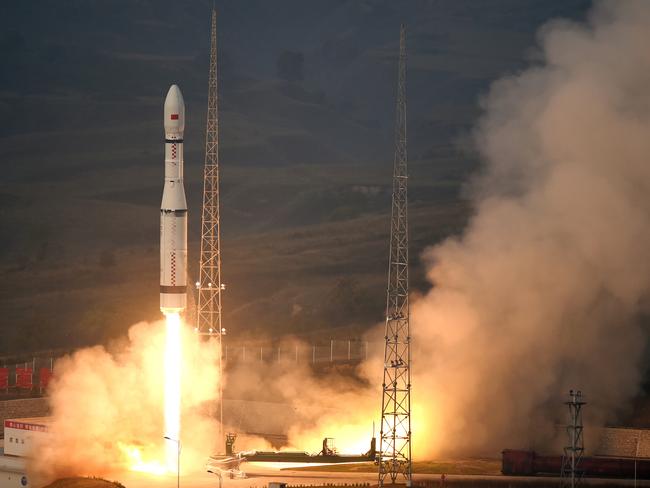
The move, as one USAF commander said, was a leap in battlespace potential with early detection of launches at lower inclinations than previously available that could provide the US military and its allies with critical “predictive and actionable situational awareness” with greater early warning.
In the first Joint Chiefs of Staff meeting with newly elected President Donald Trump this year, minutes show space war dominated.
In Australian quarters, a more benign description is contained in tabled national security papers describing the Antigua’s relocation plan joint proposal JP-3029 option as supporting Australian Defence Force interests.
“The ADF requires capability to provide awareness of activities in space to determine if any space-based activities will affect Australia’s national interests,” JP-3029 states.
Around the same time as the 2012 decision was made for the USAF run radar to be relocated, so too was a desire to move one of its most powerful space telescopes, developed by the American Defence Advanced Research Projects Agency, also to Australia. This would allow for quicker scanning and photographing of all objects as small as a softball moving about 36,000km from Earth, and to feed this directly back into the US defence’s space surveillance network.
The third relocated facility is half the size of a car garage. It is based in the same area but closer to RAAF Exmouth with two off-the-shelf telescopes looking to the skies and run remotely.
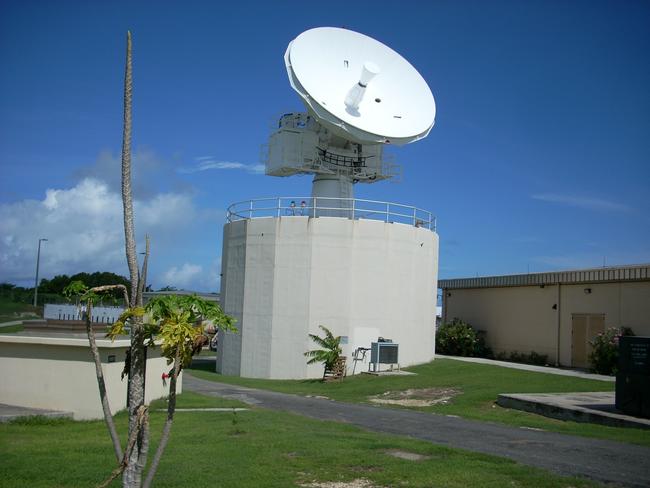
They represent a stark picture of the realisation that space is the next frontier for warfare.
It’s not exactly rocket ships and laser beams but through precision targeting of other nations’ space assets — that co-ordinate everything from military communications and drone strikes to the mobile phones of critical leaders — that could be knocked out for military advantage. Superpowers Russia, China, India and America have interest in developing microsatellites capable of spying on larger satellites or jamming or blinding them with impulses.
SURVEILLANCE CAPABILITY
There has not been any significant investment in space surveillance or Space Situational Awareness, in this country for three decades.
But the thinking changed a decade ago.
The Federal Government’s 2007 Defence White Paper factored it in as a potential regional vulnerability to the interests of Five Eyes — the intelligence-sharing alliance between Australia, the US, UK, Canada and New Zealand.
Back then all Australia could offer was laser ranging technology out of Mt Stromlo in the ACT and a remote facility in WA. But Australian defence scientists were also developing a range of radar programs that could assist.
In a Wikileaks release of a secret cable, on an American-Australian defence ministers meeting in 2008 closed session, noted the signing of a principles statement on geospatial intelligence co-operation to move to the same higher level as regular signal intelligence spying.
Much of this week’s announced $500 million will go toward the activities of the Australian Geospatial Intelligence Organisation (AGIO) with more timely access to commercial imaging satellite such as the Colorado-based DigitalGlobe firm already working with various US federal agencies, to mash together with other intelligence to create real-time awareness for the ADF, Australian Border Force and agencies like ASIO and ASIS on counter terrorism operations.
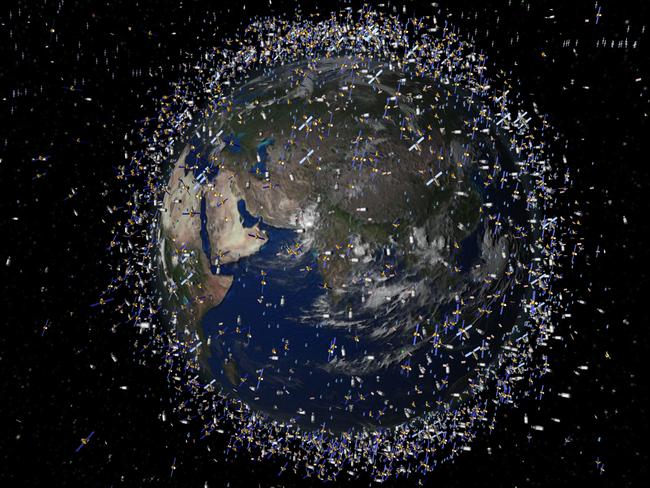
Australian National University associate dean of the college of Asia and the Pacific and a member of the Australian Government’s external panel of experts on the 2016 Defence White Paper Dr Stephan Fruehling said these were two separate issues with the radar and telescope to look up at threats and the $500 million investment to buy into and task satellites already looking down.
He said the development was consistent with what we had done in the past with allowing the US to set up Pine Gap and owns buying favour with Five Eyes allies.
“Even within the Five Eyes community, there is a sense in which intelligence exchange is transactional for the more you put in the more you have an explicit expectation you are going to get something out of it so I think it’s fair to say Australia has always been looking for opportunity to maximise the advantages of our geographic situation in order to make unique contributions and in particular contributions the Americans would find difficult to replace.”
He said the hardware was a new area for Australia but there had been broad acceptance of the need by all Allies since it had become feasible for countries, notably China and Russia, to launch anti-satellite weapons and out of concern of knowing exactly what eyes are passing overhead at any given time.
Prof Tanter said it also made the country a target.
“I think the military roles bring two types of dangers for Australia — entangling us in a conflict which may not be in our interests and secondly drawing fire on to Australia in the event of a conflict with Russia or China or North Korea or whoever,” he said.
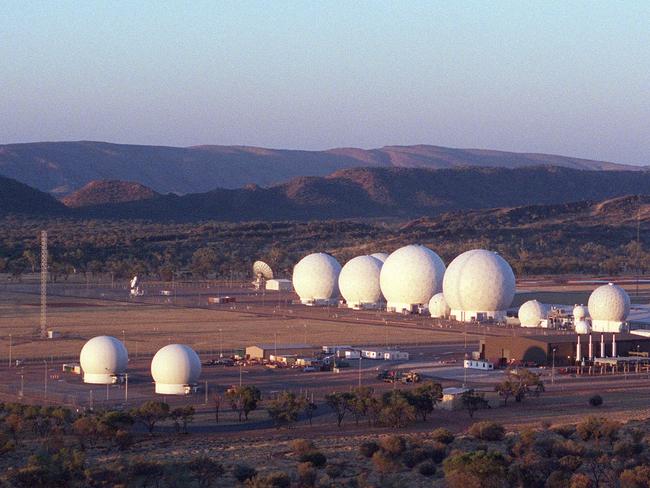
He added one of Pine Gap’s functions from its signals intelligence collection is to provide data that feeds into the drone assassination program in Yemen, Pakistan and elsewhere with no assurances from the government sought on any extrajudicial assassination law-based restrictions imposed.
“We don’t have that but the government do say Pine Gap and the North West Cape facilities operate with the full knowledge and concurrence of the Australian government, you have to wonder though who knows what, there is not a lot of awareness of these things,” he said.
The Australian Defence Department and USAF Space Command in Peterson USA declined to comment.
Originally published as Australia has entered the next battle frontier - space


